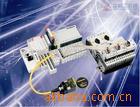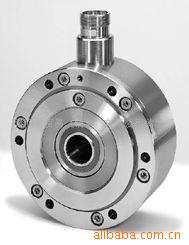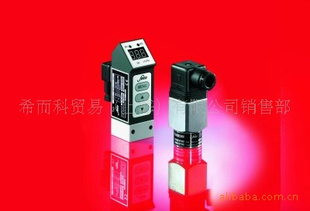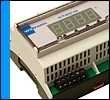| 型号 | RST MAGNETIC | 品牌 | RST MAGNETIC |
| 材质 | 铸铁 | 连接形式 | 法兰 |
| 结构形式 | 浮动球球阀 | 公称通径 | RST MAGNETIC(mm) |
| 适用介质 | 氨气 | 压力环境 | 高压 |
| 工作温度 | 高温 | 标准 | 德标 |
| 流动方向 | 双向 | 驱动方式 | 脚踏 |
| 零部件及配件 | 手轮 | 用途 | 风量调节 |
| 类型(通道位置) | 三通式 | 作用对象 | 空压机 |
希而科贸易(上海)有限公司-德国Silkroad24 GmbH 中国办事处
联系人:张敏 (业务部销售经理)
TEL:13585754584 021-58375543-829
FAX:021-61179684
EMAIL:zm@
QQ:1784691511
MSN:zhangsir_goal@
希而科优势代理英国HIRST MAGNETIC INSTRUMENTS LTD磁化设备
产品系列:
IntroductionHirst Magnetic Instruments Ltd. design and manufactures magnetising systems capable of magnetising permanent magnets and assemblies containing permanent magnets. Hirst’s range of easy to operate magnetising systems offers flexibility and control at both high and low production rates. They can be operated as stand-alone systems, integrated with other Hirst Magnetic Instruments Ltd. products or integrated with customer’s external equipment. Models are available in each range suitable for magnetising any suitable material including:
Hirst Magnetic Instruments Ltd. has developed a series of magnetisers that support a variety of applications, a selection of which is indicated below:
Next >The Magnetising Process |
| |||||||||||||||||||||||||||
IntroductionThe purpose of a magnetic characterising system is to determine the magnetic properties of a magnet or magnetic material. This information can be used for testing batches of all magnets in production, quality issues and research purposes. The principles behind the technologies can be described as:- The magnetic characteristic is obtained by analysing the applied magnetic field and the sample’s own magnetism. Although the principles are simple, it is the method of generating the applied field and measuring the magnets “magnetism” that differentiate between the various methods of measurement available, along with the limits to data available and the range each system can operate over. Magnet characterising technologies include:
Before describing the above technologies in more depth, consideration needs to be given to two important factors in choosing a magnetic characterising technology namely,Open and Closed Magnetic Circuit EffectandEddy Currents. Next >Open + Closed Loop Effect |
|
IntroductionHirst Magnetic Instruments Ltd. design and manufacture demagnetising systems capable of reducing the existing flux in magnets, ferrous material, magnet housings and equipment. Hirst’s range of easy to use demagnetising systems offers flexibility and control at both high and low production rates. They can be supplied for manual operation, with suitable PLC interface controls or integrated with other Hirst products. Models are available in each range suitable for demagnetising permanent magnets or ferrous material. Demagnetising materials, (or degaussing or deperming as it is also known), plays a vital role in the flow of work of many industrial processes around the world. Components may become magnetised as part of the production process or are supplied magnetised (intentionally or otherwise). They often need to be demagnetised to avoid production problems, to make handling easier or to recycle components. It is therefore necessary to remove, or greatly reduce this unwanted magnetism. Next >Principles of Demagnetisation |
| ||||||||||||||||||||
INSTRUMENTS
The two main magnetic field properties of magnets which are normally measured are magnetic flux density and magnetic flux (Click here for an explination between magnetic flux density and magnetic flux).
Measuring each of these characteristics requires the use of a different type of magnetic instrument:
To measure flux density – use a Gaussmeter (or Teslameter)
GAUSSMETERS |
|
To measure total flux – use an Integrating Fluxmeter
FLUXMETERS |
|
Reference Magnets are highly stable magnets used to check the accuracy of Gaussmeters
REFERENCE MAGNETS |
|
GAUSSMETERSGaussmeters measure magnetic flux density. The vast majority of Gaussmeters use the Hall effect principle to measure magnetic flux density.More info… | FLUXMETERSIntegrating Fluxmeters are used to measure magnetic flux, and unlike Gaussmeters need a changing magnetic environment to support measurement.More info… |
 |  |

















